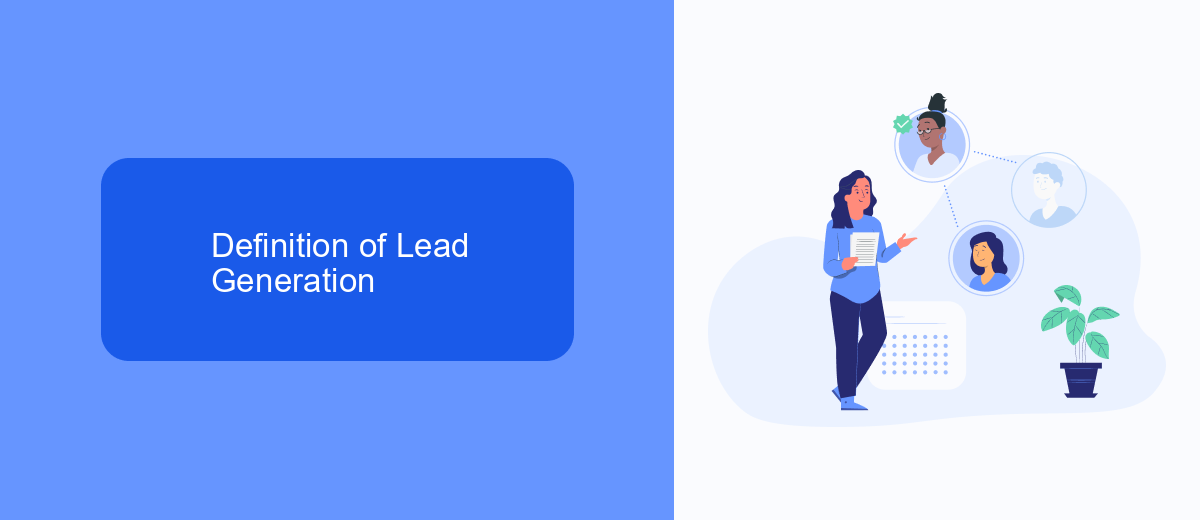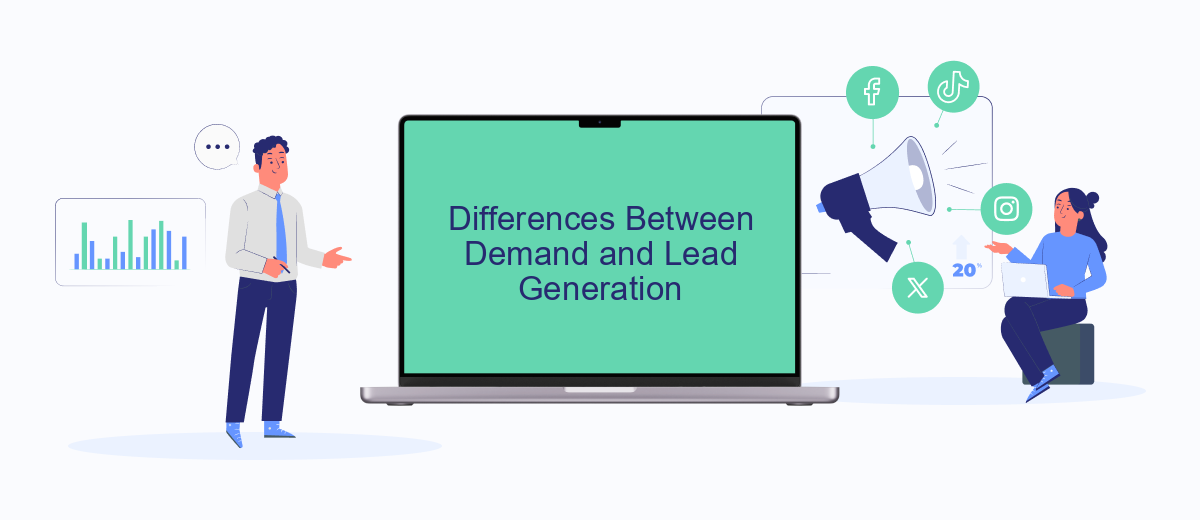In today's competitive market, businesses must strategically balance demand generation and lead generation to drive growth and success. While demand generation focuses on creating awareness and interest in your products or services, lead generation aims to capture and convert that interest into actionable sales leads. Understanding the nuances between these two approaches is crucial for developing an effective marketing strategy.
Definition of Demand Generation
Demand generation is a comprehensive marketing strategy aimed at creating awareness and interest in a company's products or services. It involves a series of tactics designed to attract potential customers and nurture them through the buying process. Unlike lead generation, which focuses on capturing contact information for sales follow-up, demand generation seeks to build a long-term relationship with prospects by educating and engaging them.
- Content Marketing: Creating valuable content that addresses the needs and pain points of your target audience.
- Social Media Engagement: Utilizing social platforms to interact with prospects and share relevant information.
- Email Campaigns: Sending targeted emails to nurture relationships and keep prospects informed.
- Webinars and Events: Hosting online and offline events to provide in-depth knowledge and build trust.
- SEO and PPC: Optimizing your online presence to attract organic traffic and running paid campaigns to reach a wider audience.
Effective demand generation requires seamless integration of various marketing tools and platforms. Services like SaveMyLeads can automate the process of connecting different systems, ensuring that data flows smoothly between your marketing and sales teams. This integration helps in tracking the customer journey and measuring the impact of your demand generation efforts.
Definition of Lead Generation

Lead generation is a crucial process in marketing that involves attracting and converting strangers and prospects into someone who has indicated interest in your company's product or service. This is achieved through various strategies such as content marketing, social media marketing, email campaigns, and more. The primary goal is to generate leads, which are potential customers who have shown interest in what your business offers by providing their contact information.
Effective lead generation often involves the use of tools and services to streamline the process. For instance, SaveMyLeads is a service that automates the integration of various lead generation platforms with your CRM or other marketing tools. By using such services, businesses can ensure that leads are captured efficiently and followed up promptly, thereby increasing the chances of conversion. This automation not only saves time but also helps maintain a consistent and organized approach to lead management.
Differences Between Demand and Lead Generation

Understanding the differences between demand generation and lead generation is crucial for effective marketing strategies. While both aim to drive growth, they focus on different aspects of the customer journey.
- Objective: Demand generation aims to create awareness and interest in a product or service, whereas lead generation focuses on capturing contact information from interested prospects.
- Approach: Demand generation uses content marketing, social media, and SEO to attract a broad audience, while lead generation employs targeted campaigns like email marketing and gated content to collect leads.
- Metrics: Success in demand generation is measured by metrics like website traffic and social engagement, whereas lead generation is evaluated based on the number and quality of leads generated.
Integrating these strategies can be optimized with tools like SaveMyLeads, which automates the process of capturing and managing leads from various sources. This ensures a seamless transition from generating demand to converting leads, enhancing overall marketing efficiency.
Benefits of Demand Generation

Demand generation is a crucial strategy for businesses aiming to create awareness and interest in their products or services. By focusing on building a strong brand presence and nurturing potential customers, companies can drive sustainable growth and long-term success.
One of the key benefits of demand generation is its ability to attract high-quality leads. Unlike traditional lead generation, which often targets a broad audience, demand generation hones in on individuals who are genuinely interested in your offerings. This targeted approach results in more qualified leads and higher conversion rates.
- Enhanced brand awareness and visibility
- Higher quality leads and improved conversion rates
- Increased customer engagement and loyalty
- Better alignment between marketing and sales teams
Additionally, integrating demand generation efforts with tools like SaveMyLeads can streamline the process. SaveMyLeads automates lead data transfers between various platforms, ensuring that your marketing and sales teams have real-time access to vital information. This seamless integration enhances efficiency and allows for more effective follow-up and nurturing of leads.
Benefits of Lead Generation
Lead generation offers numerous benefits for businesses looking to grow their customer base and increase revenue. One of the primary advantages is the ability to target specific demographics and tailor marketing efforts to reach potential customers who are most likely to convert. This targeted approach ensures that marketing resources are used efficiently, leading to higher conversion rates and a better return on investment. Additionally, lead generation helps businesses build a database of interested prospects, allowing for ongoing engagement and relationship-building through various marketing channels.
Another significant benefit of lead generation is the ability to automate and streamline the process using tools and services like SaveMyLeads. SaveMyLeads enables businesses to integrate various marketing platforms and automate lead capture, ensuring that no potential customer is overlooked. This automation not only saves time and reduces manual effort but also improves the accuracy and speed of lead follow-up. By leveraging such tools, businesses can focus on nurturing leads and converting them into loyal customers, ultimately driving growth and success.


FAQ
What is the difference between demand generation and lead generation?
How do demand generation and lead generation work together?
Which metrics are important for measuring the success of demand generation?
How can automation tools help in demand and lead generation?
What are some common challenges in demand and lead generation?
Don't waste another minute manually transferring leads from Facebook to other systems. SaveMyLeads is a simple and effective tool that will allow you to automate this process so that you don't have to spend time on the routine. Try SaveMyLeads features, make sure that this tool will relieve your employees and after 5 minutes of settings your business will start working faster.
